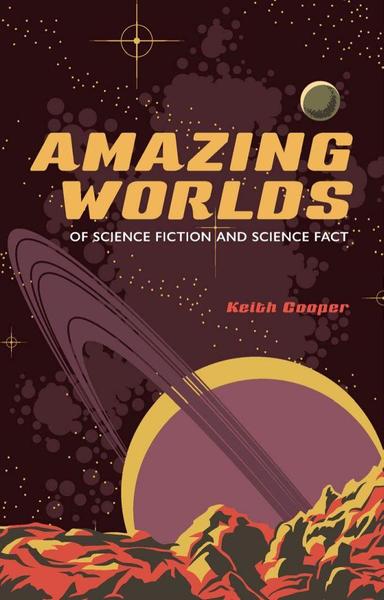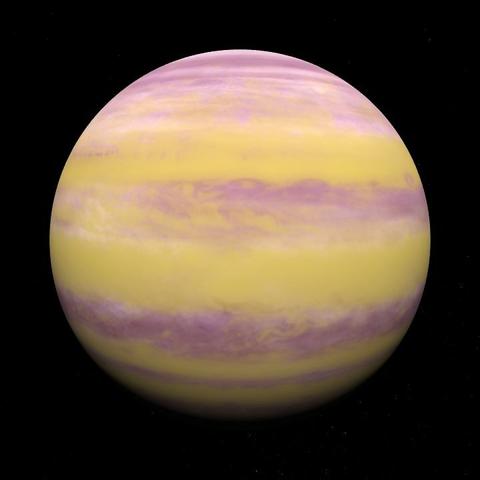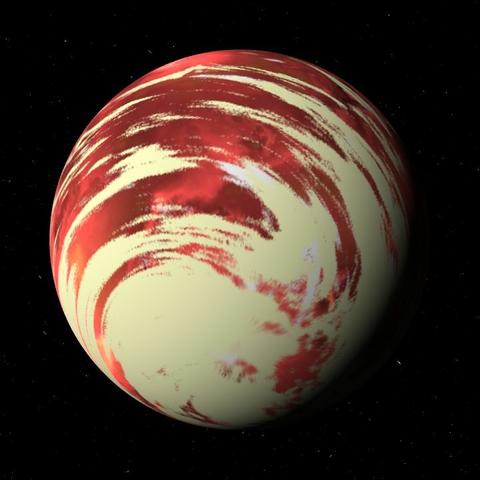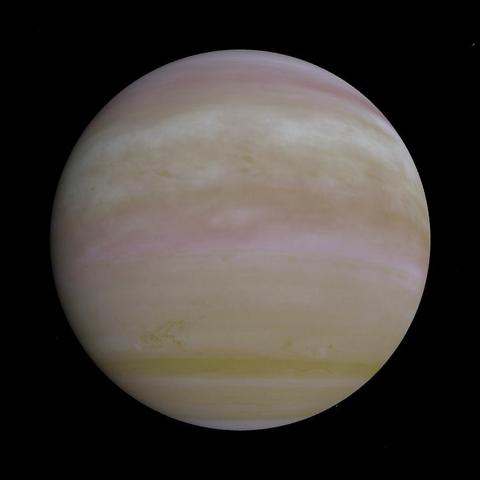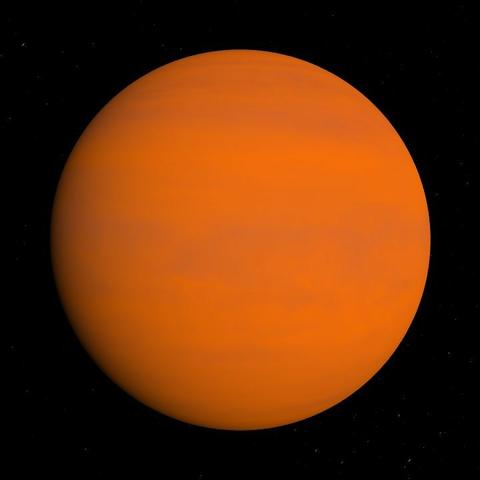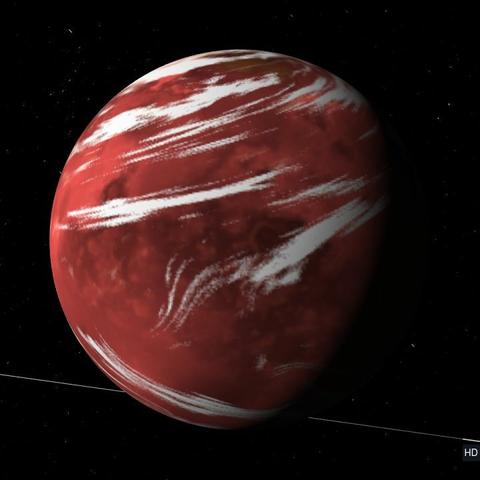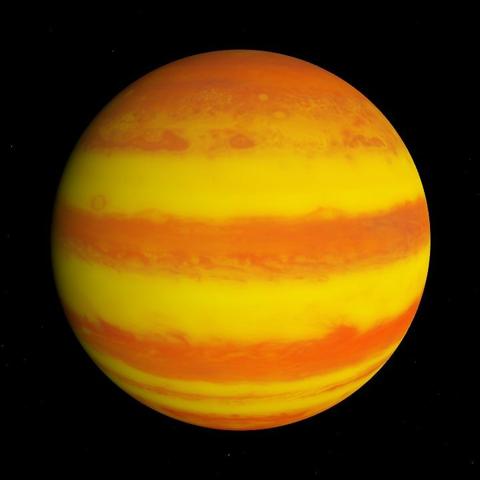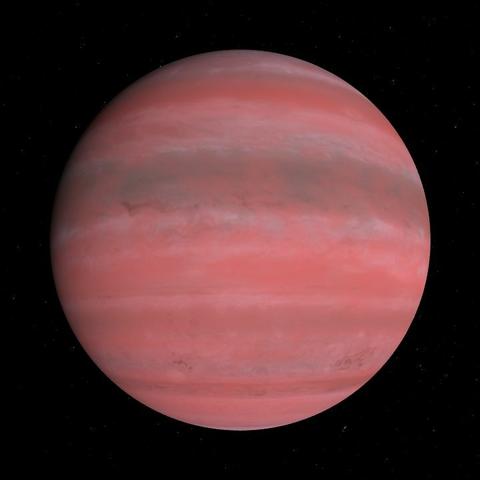GJ 12 b: Earth-sized planet orbiting a quiet M dwarf star https://phys.org/news/2025-06-gj-earth-sized-planet-orbiting.html 🪐 #Exoplanet #Exoplanets #AlienWorlds #AlienLife #Extraterrestrials #Space #Science #SolarSystem
#ExoPlanets
NASA exoplanet-hunting spacecraft and citizen scientists discover a cool new alien world https://www.space.com/astronomy/exoplanets/nasa-exoplanet-hunting-spacecraft-and-citizen-scientists-discover-a-cool-new-alien-world 🪐 #Exoplanet #Exoplanets #AlienWorlds #AlienLife #Extraterrestrials #Space #Science #SolarSystem
Name: Kepler-776 b
A potentially rocky world, larger than Earth.
Distance from Earth: 2,374 light-years
Year discovered: 2016
Discovered by: Kepler
Planet radius: 1.28 x Earth
Orbital period: 4.90 day(s)
This month's haul from World of Books (I'll get around to reading my backlog eventually) has a noticeable marine theme (again).
I wasn't expecting to be able to bludgeon someone with The Swarm. Talk about a tome!
🌊 #WorldOfBooks #Reading #Books #Bookstodon #BookSky #Marine #Ocean #MarineMammals #Science #oceanography #Exoplanets
Amazing Worlds of Science Fiction and Science Fact by Keith Cooper, 2025
With a stellar cast of scientists and science fictionists alike, a vivid exploration of realities behind imaginary planets. Have you ever wondered what it would be like to watch a double sunset on Tatooine, stand among the sand dunes of Arrakis, or gaze at the gas-giant planet Polyphemus from the moon Pandora?
Name: HAT-P-29 b
A giant planet composed mainly of gas.
Distance from Earth: 1,023 light-years
Year discovered: 2011
Discovered by: HATNet
Planet radius: 13.115 x Earth
Planet mass: 280 Earths
Orbital period: 5.72 day(s)
Name: Kepler-595 b
A Neptune-like giant planet.
Distance from Earth: 2,097 light-years
Year discovered: 2016
Discovered by: Kepler
Planet radius: 3.708 x Earth
Planet mass: 17 Earths
Orbital period: 25.30 day(s)
Name: HR 858 d
A potentially rocky world, larger than Earth.
Distance from Earth: 104 light-years
Year discovered: 2019
Discovered by: Transiting Exoplanet Survey Satellite (TESS)
Planet radius: 2.164 x Earth
Orbital period: 11.23 day(s)
Equilibrium temperature: 1075° K
Name: Kepler-1333 b
A Neptune-like giant planet.
Distance from Earth: 3,041 light-years
Year discovered: 2016
Discovered by: Kepler
Planet radius: 2.81 x Earth
Orbital period: 109.65 day(s)
The odd new worlds we've discovered in 2025 https://mashable.com/article/planets-exoplanets-discovery-2025 🪐 #Exoplanet #Exoplanets #AlienWorlds #AlienLife #Extraterrestrials #Space #Science #SolarSystem
Name: Kepler-610 c
A Neptune-like giant planet.
Distance from Earth: 2,759 light-years
Year discovered: 2016
Discovered by: Kepler
Planet radius: 3.3 x Earth
Orbital period: 151.86 day(s)
Name: TOI-1478 b
A giant planet composed mainly of gas.
Distance from Earth: 499 light-years
Year discovered: 2021
Discovered by: Transiting Exoplanet Survey Satellite (TESS)
Planet radius: 11.882 x Earth
Planet mass: 270 Earths
Orbital period: 10.18 day(s)
Equilibrium temperature: 918° K
Name: HD 20794 b
A potentially rocky world, larger than Earth.
Distance from Earth: 20 light-years
Year discovered: 2011
Discovered by: La Silla Observatory
Planet mass: 3 Earths
Orbital period: 18.32 day(s)
Equilibrium temperature: 660° K
Desert #Lichens Offer New Evidence for the Possibility of Life on Other Planets https://spacebotany.uk/blog/desert-lichen-offers-new-evidence-for-the-possibility-of-life-on-other-planets/ @OrbitalGardens
UVC-Intense #Exoplanets May Not Be Uninhabitable https://www.liebertpub.com/doi/10.1089/ast.2024.0137
"The discovery that #lichen has evolved this protective layer to UVC radiation was surprising because it isn’t necessary for their survival. Earth’s atmosphere was already filtering out UVC rays by the time lichen appeared, so the protection is a mere bonus thanks to their remarkable UVA & B protection"
Name: Qatar-2 b
A giant planet composed mainly of gas.
Distance from Earth: 592 light-years
Year discovered: 2011
Discovered by: Qatar
Planet radius: 14.056 x Earth
Planet mass: 793 Earths
Orbital period: 1.34 day(s)
Equilibrium temperature: 1344° K
Avec le #JWST, on approche du moment où on pourra "voir" plutôt que "détecter" des #exoplanets.
https://www.centauri-dreams.org/2025/06/27/jwst-catch-directly-imaged-planet-candidate/
The CARMENES search for #exoplanets around M dwarfs - occurrence rates of Earth-like planets around very low-mass stars: https://www.aanda.org/articles/aa/full_html/2025/04/aa53381-24/aa53381-24.html -> Earth-like Planets Especially Common Around Low-mass Stars: https://www.uni-heidelberg.de/en/newsroom/carmenes-data-earth-like-planets-especially-common-around-low-mass-stars
Name: YSES 2 b
A giant planet composed mainly of gas.
Distance from Earth: 357 light-years
Year discovered: 2021
Discovered by: Paranal Observatory
Planet mass: 2,002 Earths
Studies from recent years have reached different conclusions regarding how frequently super-Earths are accompanied by long period giant #planets and vice versa.
This relation has been predicted to be mass dependent by #planet formation models.
Accordingto a new paper, cold Jupiters are six times more massive when not in company of an inner super-Earth, while super-Earths are not significantly more massive while in company of an outer giant planet.
There is also an occurrence enhancement for Saturn-mass planets while in presence of a super-Earth by a factor of 4, and for super-Earths in presence of Saturns by the same factor.
This positive correlation disappears for super-Jupiters.
#astronomy #exoplanets
https://astrobiology.com/2025/06/saturns-but-not-super-jupiters-occur-more-frequently-in-the-presence-of-inner-super-earths.html
A Statistical Analysis of Exoplanet Habitability Turns Up One Great Candidate - And Significant Observational Bias https://www.universetoday.com/articles/a-statistical-analysis-of-exoplanet-habitability-turns-up-one-great-candidate-and-significant-observ 🪐 #Exoplanet #Exoplanets #AlienWorlds #AlienLife #Extraterrestrials #Space #Science #SolarSystem


